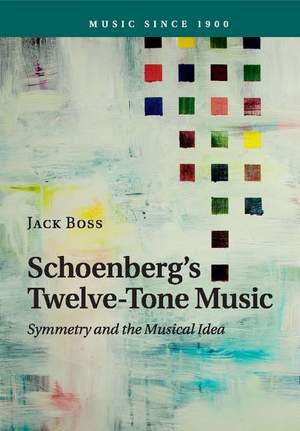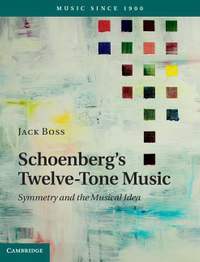Schoenberg's Twelve-Tone Music
Symmetry and the Musical Idea
- Author: Boss, Jack
Future scholars interested in following Boss's lead will benefit immeasurably from his careful analyses, his synthesis of previous scholarship, and, perhaps most of all, the provocative questions... — More…
Book
$41.00Printed on demand
Contents
- 1. Musical idea and symmetrical ideal;
- 2. Suite for Piano, Op. 25: varieties of idea in Schoenberg's earliest twelve-tone music;
- 3. Woodwind Quintet, Op. 26: the twelve-tone idea reanimates a large musical form;
- 4. Three Satires, Op. 28, #3: the earliest example of the 'symmetrical ideal' in a (more or less) completely combinatorial context;
- 5. Piano Piece, Op. 33a: the 'symmetrical ideal' conflicts with and is reconciled to row order;
- 6. Fourth String Quartet, Op. 37, mvt. I: two motives give rise to contrasting row forms, meters, textures and tonalities (and are reconciled) within a large sonata form;
- 7. Moses und Aron: an incomplete musical idea represents an unresolved conflict between communicating with God using word or image;
- 8. String Trio, Op. 45: a musical idea (and a near-death experience) is expressed as a conflict between alternative row forms.




